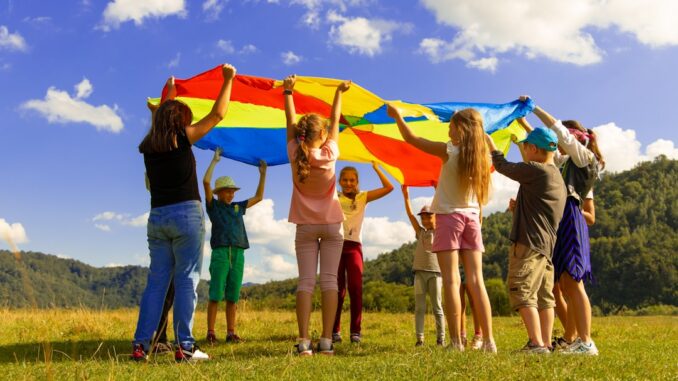
Summary
Environmental hazards pose a significant threat to children’s health, demanding increased awareness and action. Children are particularly vulnerable due to their developing bodies and unique exposure pathways. Addressing these risks requires a multi-pronged approach encompassing research, policy changes, and community education.
** Main Story**
Environmental hazards? They’re not just abstract threats, they’re a real and present danger to our kids, globally. I mean, think about it: children are uniquely vulnerable. Their bodies are still developing, their behaviors are, well, let’s just say they aren’t always the most sanitary, and they’re often powerless to change their surroundings. So, what can we do? This is a complex puzzle but one thing is for sure – we can’t ignore it.
Why Kids Are Extra Susceptible
Kids aren’t just tiny adults; their physiology makes them way more susceptible to environmental risks. Picture this: a tiny body, organs racing to develop, including their brain and immune system, that are under constant threat from toxins. They’re like sponges, soaking up more pollution because they breathe faster, eat more, and drink more relative to their size, than we do. Remember when my niece decided everything was edible? That’s the kind of behavior that increases their risk! Not to mention, they often rely on adults for protection, a safety net that isn’t always there. Unfortunately, it’s a perfect storm of vulnerability, isn’t it?
The Usual Suspects: Identifying Key Threats
There’s a whole host of environmental hazards that contribute to childhood illness. Let’s run through a few:
-
Air pollution: Whether it’s indoor or outdoor, it’s a major threat. Think asthma, pneumonia, and those nasty respiratory infections no parent wants to deal with.
-
Lead exposure: Found often in older homes and contaminated soil, the effects can be devastating, leading to developmental problems and neurological damage. It’s just not worth the risk.
-
Hazardous chemicals: These lurk in plastics, pesticides, and all sorts of products, disrupting hormone systems. And that increases the risk of a myriad of health issues.
-
Poor sanitation: Inadequate water, sanitation, and hygiene, it’s the root cause of diarrheal diseases, a leading killer of young children. It’s a basic need that shouldn’t be a luxury.
-
Climate Change: And let’s not forget climate change, which exacerbates existing risks by increasing the frequency and intensity of extreme weather events. Plus, it spreads infectious diseases. What a mess.
Early Exposure: A Lifetime of Consequences
Prenatal exposure? Yeah that’s where the problems really kick in. Exposure to environmental toxins during prenatal development can have long-lasting and profound consequences. Research has found a link between prenatal exposure to chemicals and pollutants and an increased risk of developmental disorders, birth defects, and chronic diseases later in life, its crazy. These early exposures mess with gene expression and can disrupt critical development. So, protecting pregnant women from these hazards is paramount. It’s an investment in the health of future generations.
Time for Action: Protecting Our Children
So, how do we tackle this complex issue? It needs a multi-pronged, collaborative approach.
Research
More research is crucial. We need to understand the specific risks associated with different environmental exposures in children. I mean, can’t you just picture it? Some kid putting something in their mouth, all while being exposed to something bad in the air. The thought gives me the creeps.
Policy
Then we can inform the development and implementation of effective policies and regulations, to mitigate these risks.
Education
Community and family education is also critical. We need to arm people with knowledge about environmental hazards and protective measures, so they’re not caught off-guard.
Access
And obviously, promoting access to clean water, sanitation, and hygiene, as well as reducing exposure to air pollution, should be a priority.
Sustainability
Advocating for sustainable practices that address climate change will help a lot as well. After all, it’s not all doom and gloom. The good news is, by working together, we can create healthier environments and protect our kids.


Be the first to comment